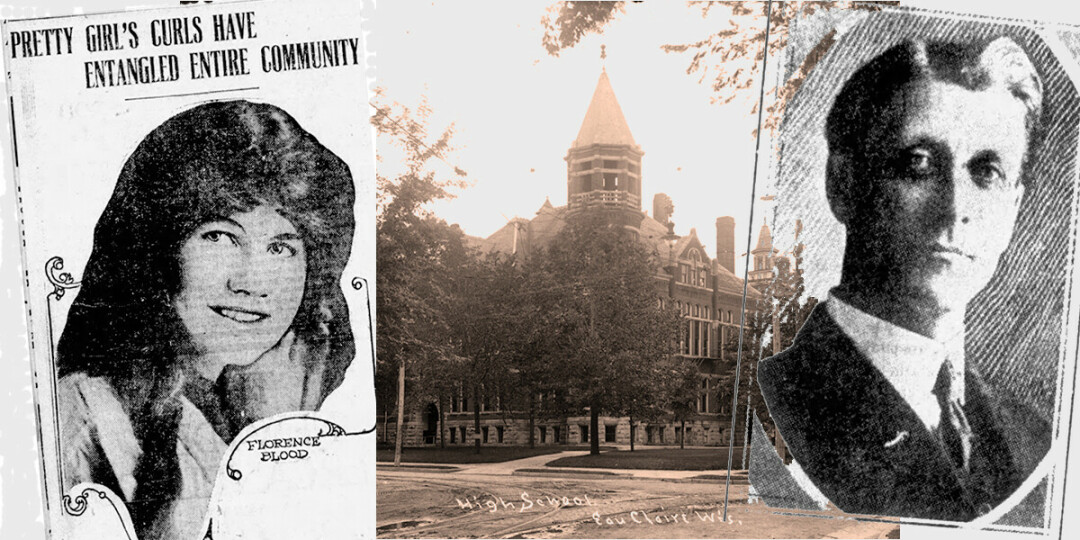BIZARRE HISTORY: The Teenager’s Tresses That Began an Eau Claire War
Have you heard the story of Eau Claire’s version of the Trojan War?

Helen of Troy’s Face may have launched a thousand ships, but Florence of Eau Claire’s curls launched a strike of a hundred students. In both cases, fiasco followed. Eau Claire’s battle began on November 16, 1914, when high school principal F.M. Jack had a talk with 15-year-old Florence Blood about her hair. More than a century removed, it’s unwise to take sides; however, both parties agreed on one fact: Mr. Jack suggested it would be to Florence’s benefit to wear her hair pinned up, rather than hanging down her back.
The encounter left Florence in tears, and an army of teenage heroes sailed to her rescue. Students flooded the hallways of the school, threatening a walkout if Principal Jack didn’t apologize. Disaster was averted when Judge George Blum arrived and suggested a compromise. A three-person committee chosen by the students and the principal would conduct an investigation and make their recommendation to the school board.
The committee made their ruling a few weeks later. They exonerated Principal Jack and recommended actions that left several students suspended for six months. About 100 unsatisfied students left school to protest under the statue in Randall Park (which, coincidentally, was erected only a few days before the original incident). By the time dust settled on the battlefield, Florence’s father had threatened multiple lawsuits against the principal, the school board, and a photographer accused of selling the girl’s picture to newspapers across the country. The St. Paul Pioneer-Press weighed in with an editorial sympathetic to Ms. Blood, and the Milwaukee Journal sent a reporter to Eau Claire to cover the story. The latter article quoted Dr. J.F. Farr, father of a student, who said, “If it hadn’t been for the continual publicity, there wouldn’t have been much to it.”
Well, Dr. Farr, some would say not much has changed in a century.
Jodi Kiffmeyer is an archivist at the Chippewa Valley Museum. To check out more about the history of the Valley, visit cvmuseum.com.


















